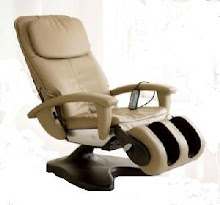Following on from the general guidance about mattresses, here is a bit more detail about memory foam mattresses.
A visco elastic memory foam mattress uses a material that was discovered and developed during work on the NASA space program. This material has a number of unique properties that make it an ideal bedding material and it confers excellent supporting characteristics to the complete bed unit.
Visco elastic memory foam has a different way of adapting to the weight of the person laying on it to other mattress materials. The immediate areas of the mattress that are in contact with the body compress and depress to accommodate the shape of the body, but the rest of the memory foam remain unaffected. In other words, the memory foam has a very limited localised reaction to weight meaning that the mattress compresses under the weight of the person laying on it, but not in the areas around them.
The second feature of visco elastic memory foam is the way that its unusual compressibility features allow it to balance out the manner in which the mattress supports the sleeping body. The memory foam mattress manages to avoid the build up of “mattress pressure resistance” on the heavier parts of the human body like the hips and shoulders, thereby spreading the body’s weight in an even and comfortable way.
Summary
The combination of these two factors makes memory foam pleasant and easy to sleep on and orthopedically supportive of the body. Critically, memory foam is able to allow the back, and specifically the spine, to maintain the curved profile that it has when a person is in a standing position. This is healthy and good for the body as a whole.
Latex foam has similar properties to memory foam, but even the best and most advanced pocket sprung mattress systems fail to duplicate these body shaping property.
Subscribe to:
Post Comments (Atom)

No comments:
Post a Comment